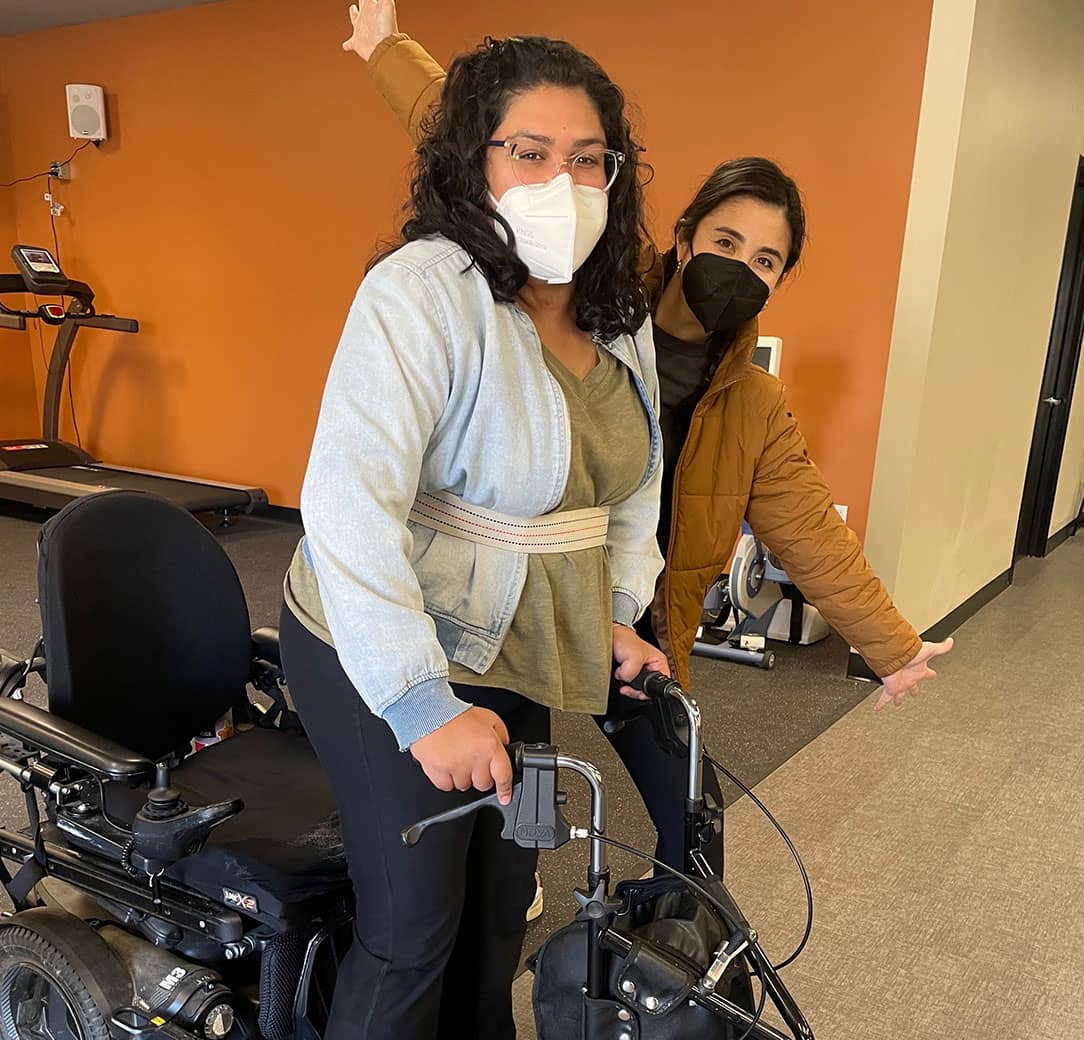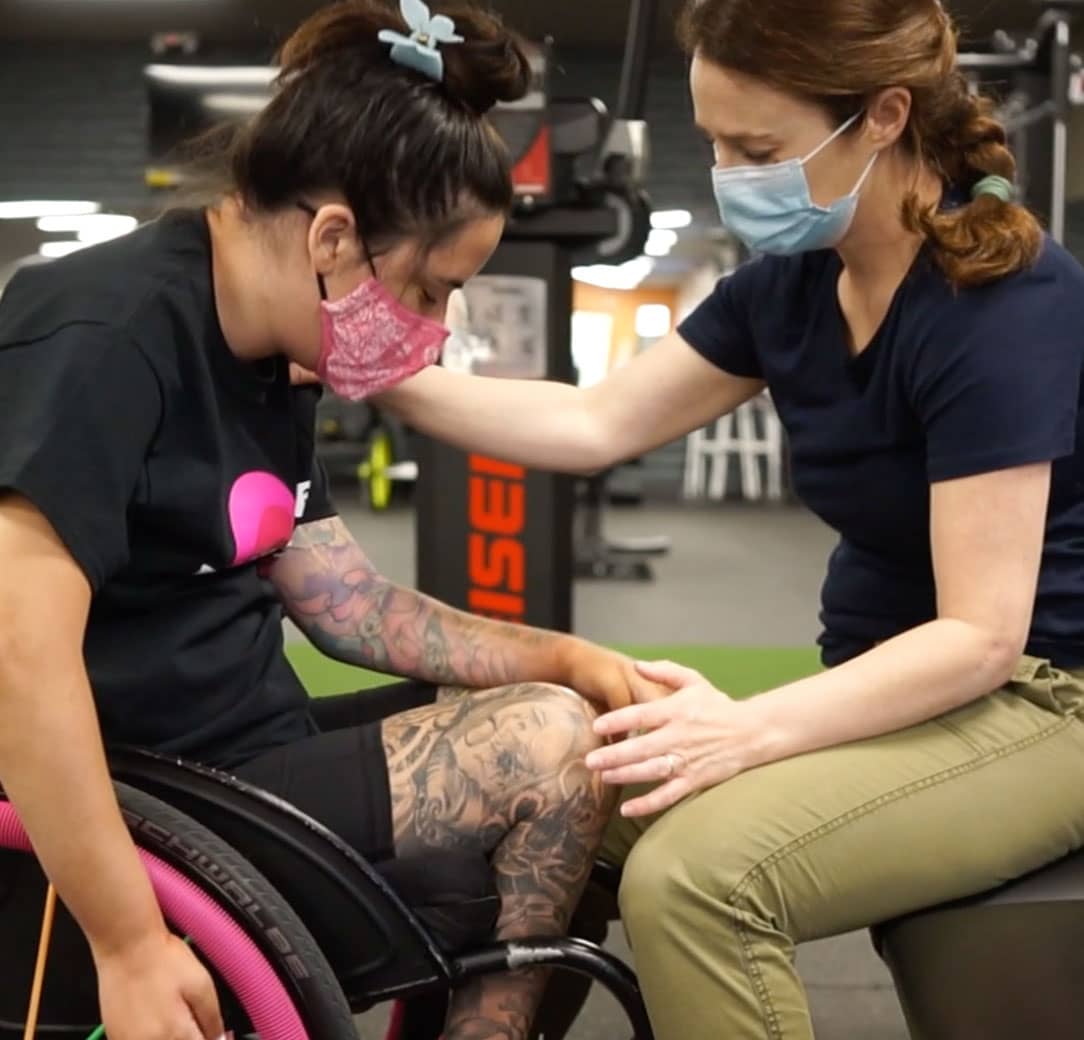What is a Spinal Cord Injury?
A spinal cord injury is damage to the spinal cord that affects its ability to transmit messages between the brain and the rest of the body. This can cause permanent changes in strength, sensation, and other body functions below the site of the injury. There are several variations of SCI that can occur, depending on the location and extent of the injury.
Types Of Spinal Cord Injury
Complete Spinal Cord Injury
A complete spinal cord injury occurs when there is a total loss of function and sensation below the level of the injury. This type of injury results in a complete loss of motor and sensory function and can cause paralysis.
Incomplete Spinal Cord Injury
An incomplete spinal cord injury, on the other hand, refers to an injury that does not result in a complete loss of function. Individuals with incomplete spinal cord injuries may have some residual motor and sensory function below the level of injury.
Cervical Spinal Cord Injury
A cervical spinal cord injury refers to an injury to the neck area. This type of injury can result in paralysis of the arms, legs, and torso, and can also affect breathing, bladder control, and other vital functions.
Thoracic Spinal Cord Injury
A thoracic spinal cord injury refers to an injury to the mid-back area. This type of injury can result in paralysis of the legs and torso, as well as impairments in bowel and bladder function.
Lumbar Spinal Cord Injury
A lumbar spinal cord injury refers to an injury to the lower back area. This type of injury can result in paralysis of the legs and impairments in bowel and bladder function.
It's important to remember that every individual's experience with SCI is unique, and the specific symptoms and functional outcomes will depend on the location, extent, and severity of the injury. Nevertheless, with the right support and rehabilitation, many individuals with SCI can regain some level of function and lead fulfilling lives.
How Does Spinal Cord Injury Occur?
The cause of a spinal cord injury can vary, but some common causes include falls, car accidents, sports injuries, and physical assaults.
What are the symptoms?
The symptoms of a spinal cord injury will depend on the level and extent of the injury. Some common symptoms may include:
- Loss of movement or sensation in the arms or legs
- Weakness in the arms or legs
- Loss of bladder or bowel control
- Pain or an intense stinging sensation
- Changes in sexual function
- Difficulty breathing or coughing
How does PT/OT play a role in my recovery?
Physical and occupational therapy can play a crucial role in the recovery process for individuals with spinal cord injury. These therapies are designed to help patients improve their physical function and regain independence in their daily activities.
Physical therapy focuses on improving strength, flexibility, and balance, as well as reducing pain and improving mobility. It involves exercises, stretches, and other techniques to help patients build up the muscles that have been affected by their injury. Physical therapists also work with patients to improve their coordination, posture, and gait, which can help them walk more easily and safely.
Occupational therapy, on the other hand, focuses on helping patients with activities of daily living (ADLs), such as bathing, dressing, and eating. Occupational therapists work with patients to teach them how to perform these tasks more efficiently and effectively, using adaptive equipment and assistive technology as needed. They also help patients develop the fine motor skills needed to perform more complex tasks, such as writing and using tools.
It's essential to collaborate with experienced therapists since they can effectively optimize your current abilities, gradually push you to surpass your limits, and take necessary precautions and medical considerations into account during your treatment, including AD, incontinence, and orthostatic hypotension.
Our therapy program is designed to help to rebuild strength, improve mobility, and increase independence, all while providing patients with the tools and techniques you need to reclaim your life. With the help of dedicated therapists, patients can work to regain their physical abilities, reduce pain, and improve their overall quality of life. Whether you're looking to return to your favorite activities, improve your daily functioning, or simply get back on your feet, physical and occupational therapy are powerful allies in your journey towards recovery.
We also offer post discharge programs such as 1 on 1 training and gym memberships so you can continue to maintain and improve your abilities using our handicap accessible adaptive equipment (link to equipment). So if you're looking to take control of your life and overcome the challenges of a spinal cord injury, start exploring the many benefits of physical and occupational therapy today!
Contact Strive TodayGet Started With Us Today
Strive PT & Wellness has invested in some of the most unique and adaptive equipment on the market to help patients recover and improve their lives. Call Strive now to start your personal journey.
Gret A Free Quote



